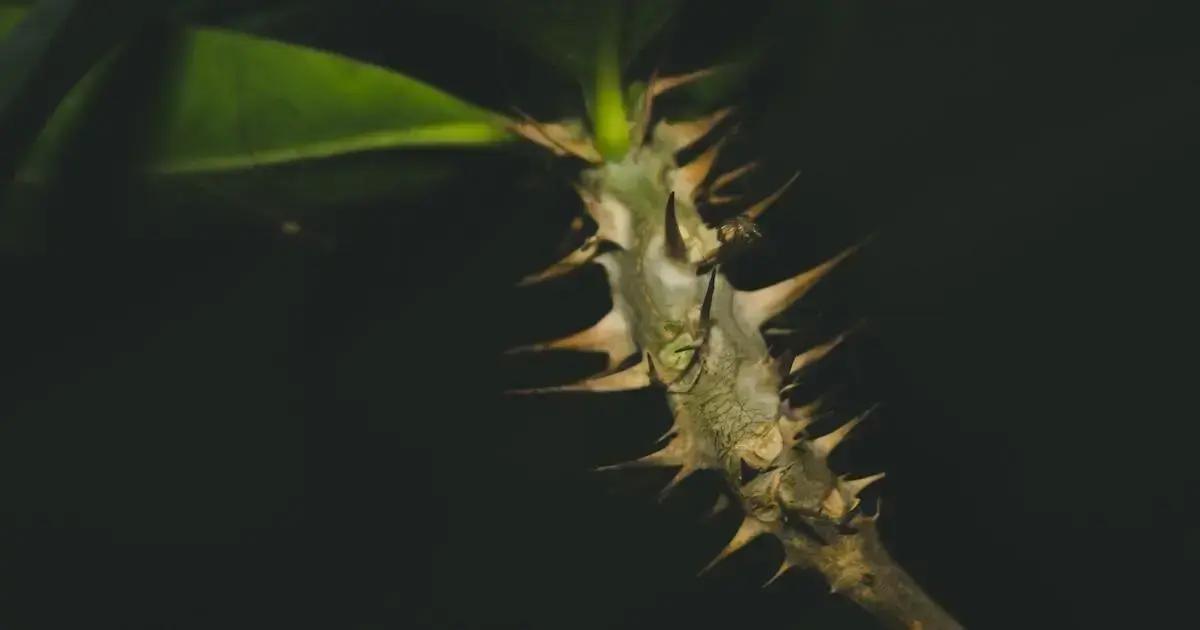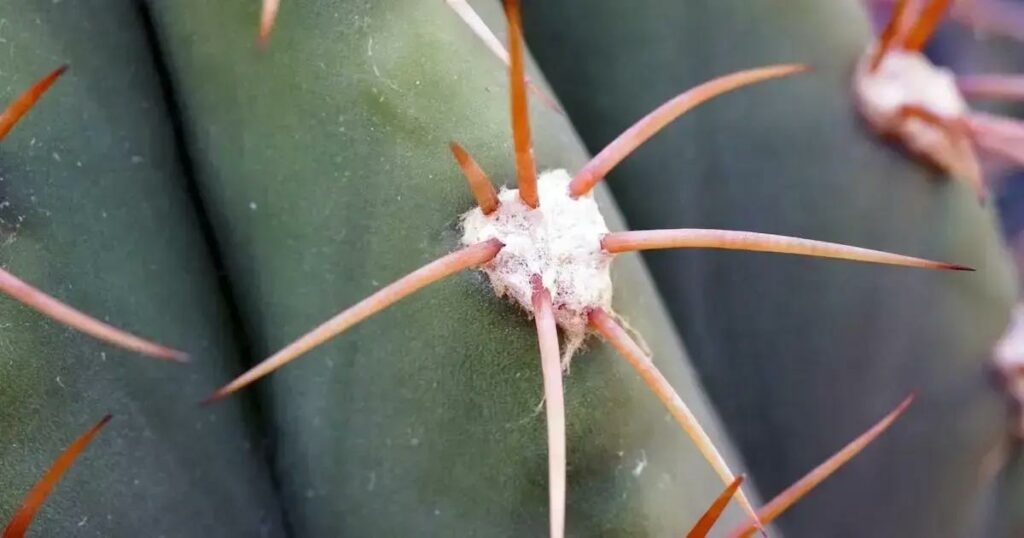How to care for crown of thorns plant? If you’re seeking to cultivate this resilient beauty or simply enhance your indoor plant collection, you’ll discover that proper care is crucial. Join us as we explore essential tips to ensure your Euphorbia milii thrives effortlessly in your home.
Table of Contents
ToggleUnderstanding crown of thorns plant light requirements
Understanding crown of thorns plant light requirements is essential for keeping your Euphorbia milii thriving. These unique plants thrive in bright light, so providing adequate conditions is key to their health.
The ideal environment for crown of thorns includes:
- Direct sunlight for at least 4-6 hours daily
- Bright, indirect light when full sun isn’t available
- Protection from harsh, low-light conditions
When placing your crown of thorns plant, consider the following tips:
- Locate near south or west-facing windows for maximum exposure.
- Use sheer curtains to filter intense light during the hottest hours.
- Monitor plant health; yellowing leaves could indicate insufficient light.
If you’re growing your crown of thorns indoors, be mindful of seasonal changes:
| Season | Light Conditions | Care Tips |
|---|---|---|
| Spring/Summer | Full sunlight preferred | Rotate plant weekly for even growth |
| Fall/Winter | Bright, indirect light | Consider supplemental lighting if necessary |
Regularly adjusting light exposure ensures your crown of thorns plant remains vibrant and robust. For proper potting mix, consider exploring indoor gardening techniques that cater specifically to this plant type.
In summary, successfully caring for your crown of thorns plant starts with understanding its light preferences. By providing adequate brightness while monitoring its response, you can enjoy a beautiful, flourishing centerpiece in your indoor garden.
Best soil for crown of thorns and its drainage needs

Best soil for crown of thorns and its drainage needs are crucial for the health of your Euphorbia milii. These plants thrive in well-draining soil to prevent issues such as root rot.
To create the perfect soil mixture, consider the following components:
- Cactus soil or succulent mix
- Perlite or pumice for aeration
- Coarse sand to enhance drainage
When preparing the soil, follow these steps for optimal results:
- Combine equal parts cactus soil and perlite.
- Add a small amount of coarse sand for added texture.
- Mix thoroughly to ensure consistency.
This mixture not only improves drainage but also allows for better airflow to the roots, which is vital for the crown of thorns plant. Here’s a quick comparison table of ideal soil components:
| Component | Purpose | Ratio |
|---|---|---|
| Cactus soil | Base for root stability | 1 part |
| Perlite | Improves drainage | 1 part |
| Coarse sand | Enhances soil texture | 1/4 part |
It’s also essential to choose the right pot with adequate drainage holes. Overwatering can lead to root suffocation, so ensure that excess water can escape freely. For a deeper understanding of soil mixtures, you can refer to exploring indoor gardening techniques.
By carefully selecting and preparing the right soil for your crown of thorns, you’ll create an optimal environment for growth and flowering. Remember, the right drainage is just as important as the quality of soil you use!
Effective watering techniques for crown of thorns plant
Effective watering techniques for crown of thorns plant are essential for maintaining its vibrant health. These plants thrive on moderate watering, which mimics their natural desert environment.
To determine the right watering routine, consider the following guidelines:
- Allow the soil to dry completely between waterings.
- Water thoroughly during each session until excess liquid drains from the bottom.
- Avoid letting the plant sit in standing water.
Here are effective steps for proper watering:
- Check soil moisture by sticking your finger 1-2 inches into the soil.
- If the soil feels dry, it’s time to water.
- Use room-temperature water to prevent shock.
Consider seasonal effects on watering:
| Season | Watering Frequency | Notes |
|---|---|---|
| Spring/Summer | Every 1-2 weeks | Increase frequency as temperatures rise |
| Fall/Winter | Every 2-4 weeks | Reduce frequency as growth slows |
Always observe your plant’s response; if leaves begin to yellow, it may be a sign of overwatering. To improve your watering techniques, including suitable soil moisture retention, consider exploring indoor gardening techniques that can optimize your plant’s health.
In summary, mastering effective watering techniques will create a thriving environment for your crown of thorns. Monitor conditions, adjust accordingly, and enjoy the beauty of this unique plant in your home.
In conclusion
Caring for your crown of thorns plant involves understanding its light requirements, selecting the best soil, and employing effective watering techniques. By following these essential tips, you can create a thriving environment for your Euphorbia milii. Regular observation and adjustments based on the plant’s needs will ensure it remains healthy and vibrant.
For additional insights and creative inspiration, check out these tips on enhancing your indoor garden. Enjoy the journey of nurturing your crown of thorns and watch it flourish!

